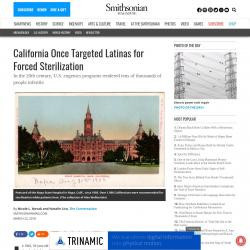Annette Spahr
As a Harrisburg Academy Upper School teacher, I interact daily with 10th, 11th, and 12th grade students - some who were born and raised in central Pennsylvania, and many others who have come to our school from China, Spain, Finland, South Korea, and Germany to receive their IB (International Baccalaureate) degree. I currently teach 10th grade American Literature, and 11th & 12th Grade IB Higher Level Literature. I currently live in a small Central Pennsylvania town with my husband, and I'm missing my three kids terribly as I have officially become an "empty nester" - sending my youngest to college this year. I love to read (naturally!), visit museums with my daughter who has lived in Washington D.C. and now resides in Philadelphia, as well as spend my time swimming, hiking, and taking an endless number of photographs. Currently my husband and I are jointly renovating our fourth "wreck" - this time with the goal to rent the property out....right now it's a disaster! But it's a great opportunity to work on a goal together.
Annette Spahr's collections
Harlem Renaissance: Women Writers of this period, asserting their independence
 Annette Spahr
Annette Spahr
Declaration of Independence and Slavery - "The Paradox of Liberty" (Rhetorical Analysis)
 Annette Spahr
Annette Spahr
Mark Twain and Reconstruction
 Annette Spahr
Annette Spahr
History is the Engine that Drives American Literature: Works to Preview American Literature Curriculum
 Annette Spahr
Annette Spahr
Henry David Thoreau and IBM (Civil Disobedience & Thoreau's Journals also discussed.)
 Annette Spahr
Annette Spahr
The Adventures of Huckleberry Finn
 Annette Spahr
Annette Spahr
American Short Stories Preview (#SAAMteach)
 Annette Spahr
Annette Spahr
Native American Literature
 Annette Spahr
Annette Spahr
"The Raven," by Edgar Allan Poe
 Annette Spahr
Annette Spahr
Gatsby - (specifically) Valley of the Ashes
 Annette Spahr
Annette Spahr







